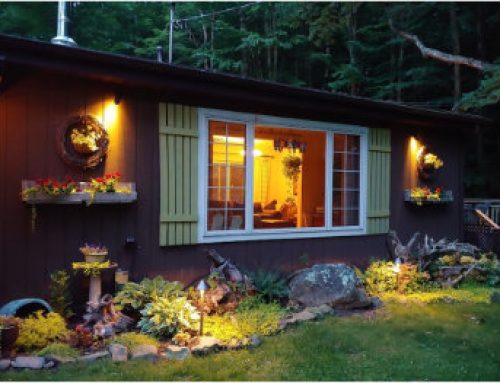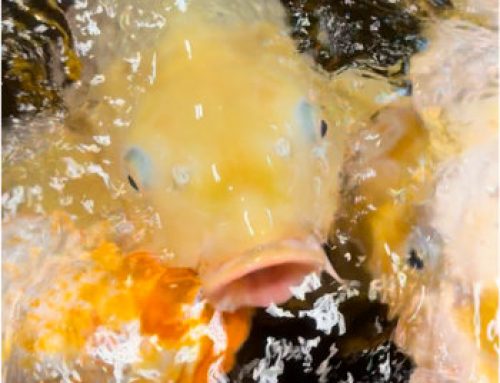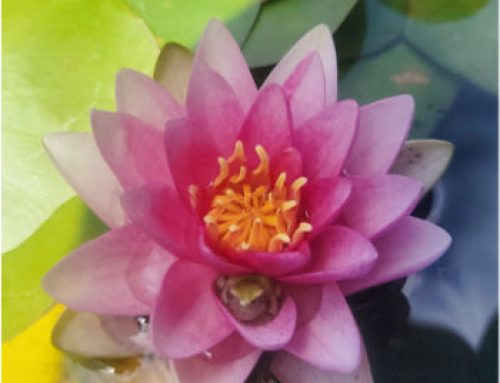Biofiltration in backyard ponds refers to the process of using natural biological systems to break down and remove organic waste, such as fish waste, dead plants, and debris, from the water. It typically involves a biofilter, which is a specialized filtration system that uses beneficial bacteria to convert harmful substances like ammonia and nitrites into less toxic compounds, such as nitrates.
How it works:
- Beneficial bacteria: These bacteria colonize the filter media, which provides a surface for them to thrive. They feed on organic waste and convert ammonia (from fish waste) into nitrites, and then nitrites into nitrates, which are less harmful to aquatic life.
- Filter media: Common materials for biofilters include rocks, gravel, foam, or specialized filter pads that offer a large surface area for bacteria to grow.
- Water flow: Water from the pond is pumped through the biofilter, where the bacteria process the waste. Cleaned water then returns to the pond.
Benefits:
- Improved water quality: Biofiltration helps maintain a clean and healthy pond environment by breaking down toxic waste products.
- Reduces chemical use: It can reduce or eliminate the need for harsh chemicals like algaecides and water treatments.
- Promotes fish health: By reducing ammonia and nitrites, biofiltration helps maintain water quality, promoting the health of pond fish and other aquatic life.
- Natural process: It’s an eco-friendly, sustainable solution that mimics natural filtration systems, reducing environmental impact.
Overall, biofiltration helps create a balanced, self-sustaining pond ecosystem, minimizing maintenance and enhancing the health of both the water and its inhabitants.



